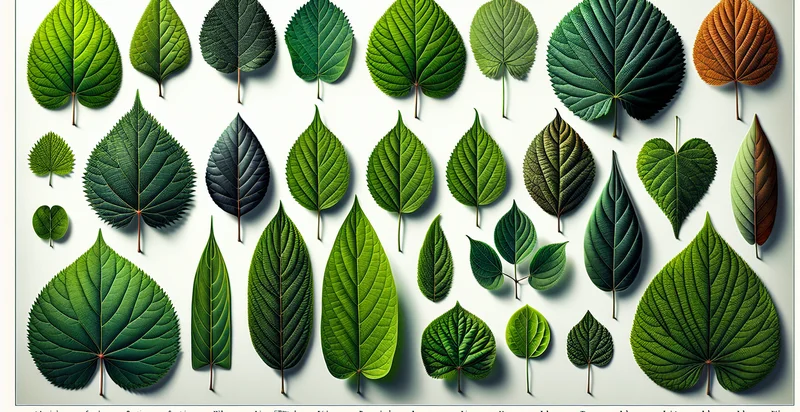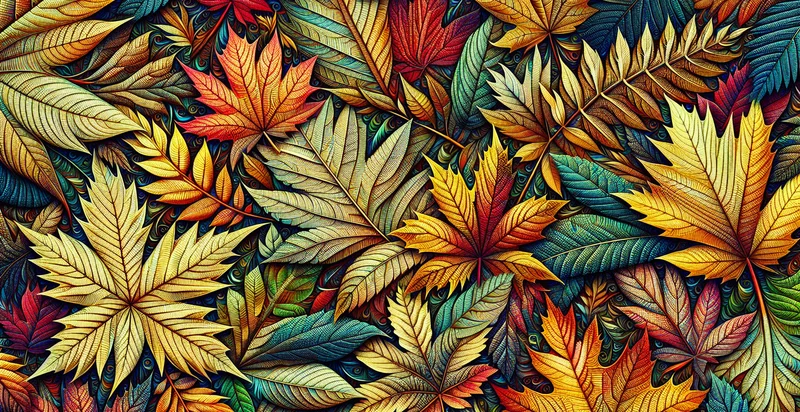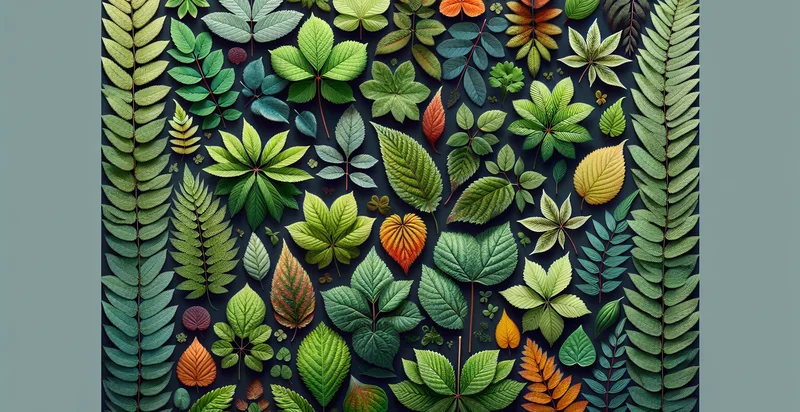Identify leaf colors
using AI
Below is a free classifier to identify leaf colors. Just upload your image, and our AI will predict the color of the leaves. - in just seconds.

Contact us for API access
Or, use Nyckel to build highly-accurate custom classifiers in just minutes. No PhD required.
Get started
import nyckel
credentials = nyckel.Credentials("YOUR_CLIENT_ID", "YOUR_CLIENT_SECRET")
nyckel.invoke("leaf-colors", "your_image_url", credentials)
fetch('https://www.nyckel.com/v1/functions/leaf-colors/invoke', {
method: 'POST',
headers: {
'Authorization': 'Bearer ' + 'YOUR_BEARER_TOKEN',
'Content-Type': 'application/json',
},
body: JSON.stringify(
{"data": "your_image_url"}
)
})
.then(response => response.json())
.then(data => console.log(data));
curl -X POST \
-H "Content-Type: application/json" \
-H "Authorization: Bearer YOUR_BEARER_TOKEN" \
-d '{"data": "your_image_url"}' \
https://www.nyckel.com/v1/functions/leaf-colors/invoke
How this classifier works
To start, upload your image. Our AI tool will then predict the color of the leaves..
This pretrained image model uses a Nyckel-created dataset and has 10 labels, including Black, Blue, Brown, Green, Orange, Pink, Purple, Red, White and Yellow.
We'll also show a confidence score (the higher the number, the more confident the AI model is around the color of the leaves.).
Whether you're just curious or building leaf colors detection into your application, we hope our classifier proves helpful.
Related Classifiers
Need to identify leaf colors at scale?
Get API or Zapier access to this classifier for free. It's perfect for:
- Agricultural Health Monitoring: This function can be employed to assess the health of crops by analyzing leaf colors. Discrepancies in expected leaf coloration may indicate nutrient deficiencies or diseases, allowing farmers to take timely action to improve crop yield.
- Environmental Studies: Researchers can use the leaf color identification function to monitor changes in vegetation. Tracking shifts in leaf colors over time can provide insights into the impact of climate change on plant health and biodiversity in different ecosystems.
- Plant Care Management: Garden centers and nurseries can utilize this technology for automated identification of plant species based on leaf color. This can assist customers in selecting the right plants for their gardens while providing tailored care advice for healthy growth.
- Supply Chain Quality Control: In the food industry, this function can help inspect leafy greens and herbs during packing and shipping. By identifying color changes that signify spoilage or aging, companies can ensure that only the freshest products reach consumers.
- Ecological Conservation: Conservation organizations can leverage the leaf color classification to monitor endangered plant species. Identifying variations in leaf coloration might help in assessing the health of these species and the effectiveness of protection measures in place.
- Educational Tools: Educational platforms can implement this function in apps aimed at biology students. By allowing students to identify leaf colors and corresponding plant types, it enhances their hands-on learning experience regarding botany and ecological systems.
- Fashion and Design Insights: The fashion and design industries can utilize leaf color classification to inspire color palettes for textiles and products. By analyzing natural leaf colors, designers can create collections that reflect seasonal trends and harmonize with nature.


